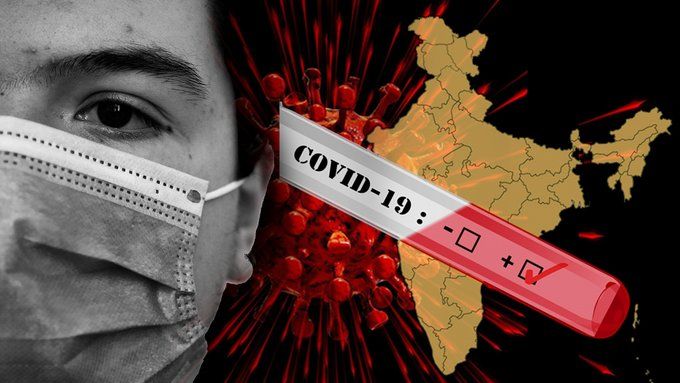New Delhi: Amid the spiralling cases of coronavirus in India, the Lancet India Task Force on COVID-19 has come up with a ‘checklist’ for the government and suggested a list of measures that need to be taken “beyond the current binary discussion on a lockdown”. Eliminating the idea of the ‘one single policy option’ of a complete lockdown, the committee advised a series of actions including containment, closures and effective public messaging to curb the number of infections.
The Lancet report titled ‘Country-wide Containment Strategies for Reducing COVID-19 Cases in India’ was published on April 30. It recommended that not one, but all steps must be taken after in-depth consultations with all stakeholders in society, keeping in mind the economic consequences, and ensuring that there programs and safety nets for those who are the most vulnerable to the disease or those facing the brunt of the economic closures.
Here’s what the committee suggested:
The Lancet task force report stated that ‘no state is safe until all states work together’ and that there needs to be a coordinated, systematic and synchronised response across all states and UTs.
Lockdown? No, Containment
Lockdown is not an option, said the task force. However, it added that the country needs to be divided into zones and “a series of actions are needed” like targetted containment and coordinated response. “The exact steps taken may differ based on local contexts. In areas where infections are spreading rapidly, short, severe closures may be required; where case counts are low, containment measures may be appropriate,” the report stated.
The panel suggested that dividing areas into containment zones based on the risk factor.
If the increase of new cases is less than 2 per cent and more than 80 per cent of ICU beds are unutilized, the area can be categorised as Low Risk. Here, movement should be unrestricted, and schools, colleges, shops, restaurants, offices, places of worship, factories etc can remain open with social distancing and 50 per cent occupancy.
Similarly, if the increase of new cases is between 2 per cent and 5 per cent, positivity ratio between 5 to 10 per cent and 40-80 per cent of ICU beds are unutilized, the area can be categorised as Medium Risk. Here, too, movement should be unrestricted but with advisories issued. Schools can be opened but indoor confined spaces should be closed
However, if the increase of new cases is more than 5 per cent, the positivity ratio is greater than 10 per cent and less than 40 per cent of beds are unutilized, the area can be categorised as a Hotspot. Only essential services must be allowed here. Moreover, the panel suggested that RT-PCR testing should be conducted for all symptomatic patients and family and other close contacts.
Complete Ban on Gatherings of More Than 10 Persons
The Lancet India Task Force recommend a complete ban on gatherings of greater than 10 persons at any given place, as well as closures of all venues that can host such gatherings for all medium risk and hotspot geographies.
“Large gatherings (more so indoors, but also outdoors) bring people together in proximity. Where people travel long distances to congregate, such gatherings help spread the virus as people return home, raising prospects of spreading infection along the journey and back in their home community,” it said.
Closure of Indoor Spaces
The panel further recommended all districts which are COVID-19 hotspots should immediately shut indoor spaces including offices, office buildings, schools, restaurants with indoor dining, shops, shopping malls and places of worship. They also said the same should be imposed in a pre-announced duration of time, so that there is a systematic reduction in cases in the hardest-hit parts.
Mandatory Universal Mask Wearing
The COVID-19 task force suggested a renewed call for universal, mandatory mask-wearing in all confined, indoor spaces as well as outdoors, especially in crowded areas. “We recognize that cloth masks by themselves offer only partial protection, and call on expanded use of well-fitted N95 (or equivalent masks) or double masking with surgical and cloth masks, especially in high-risk settings,” it said.
The panel further suggested ramping up genome sequencing of all tests across the districts so that it can minimize their spread to other areas. “India’s second wave is proof that it can take countries by surprise, despite preparedness over previous months. Real-time, reliable, credible data is an essential element of a comprehensive toolkit to defeat the pandemic,” the report reads.
Read the full report here.
